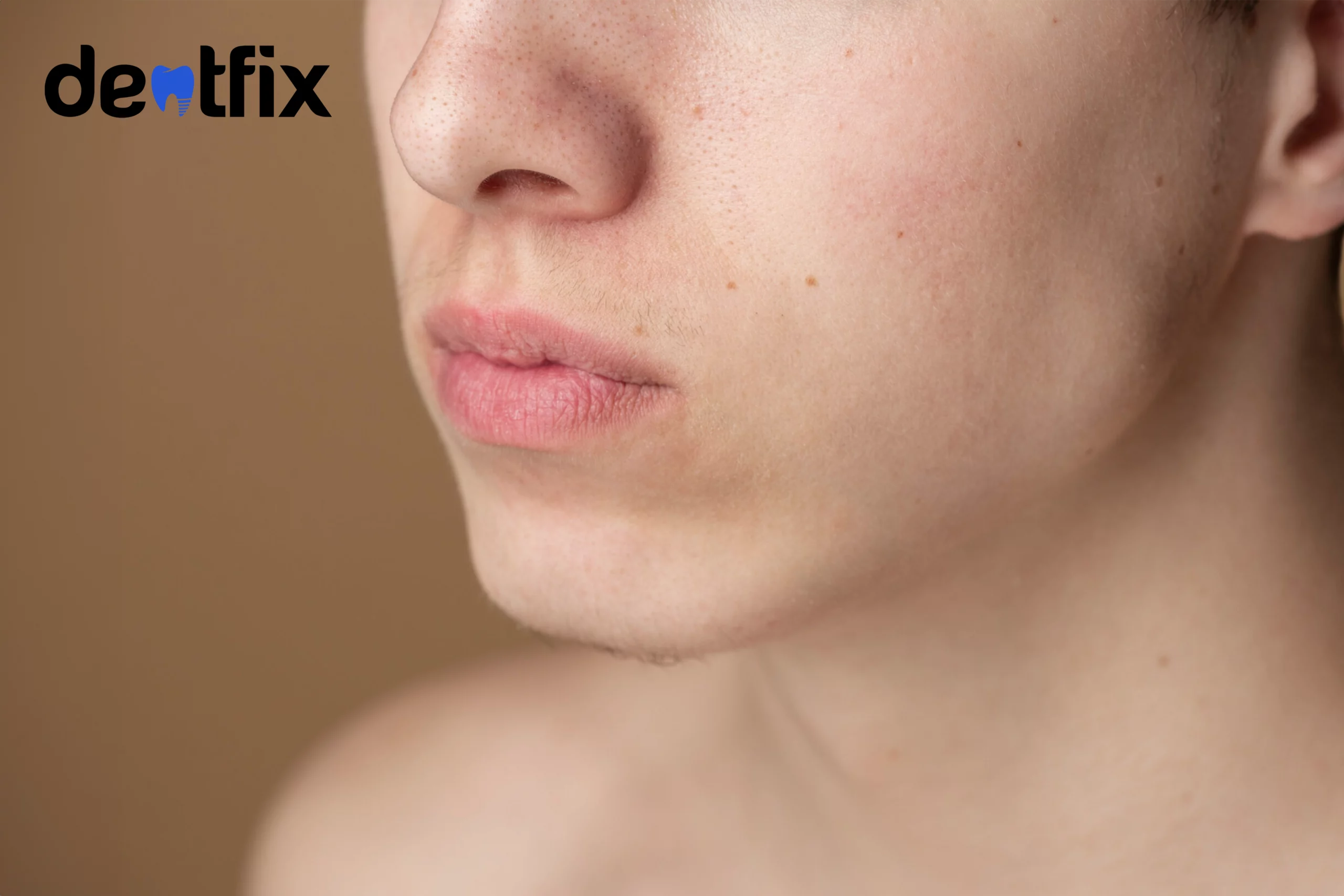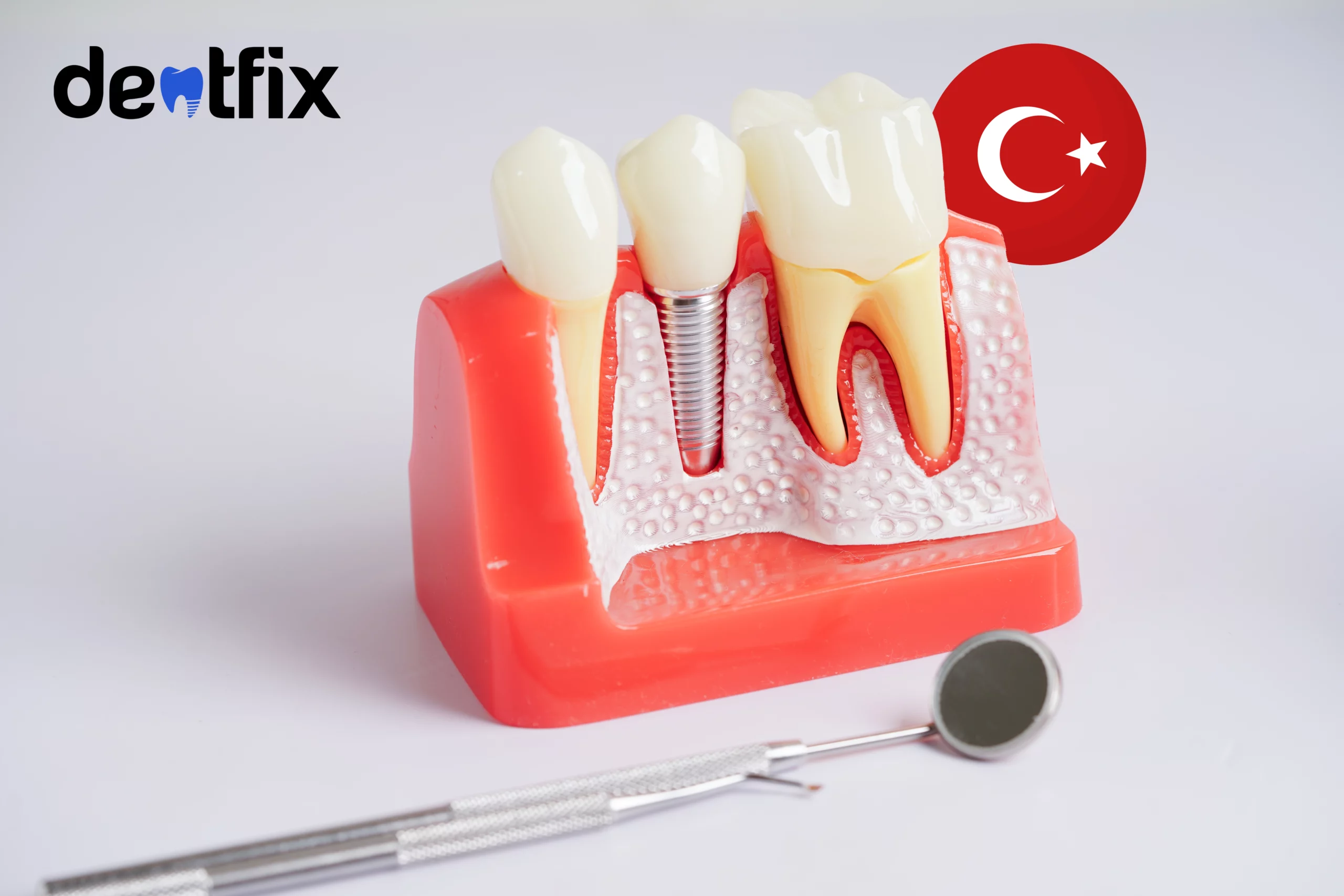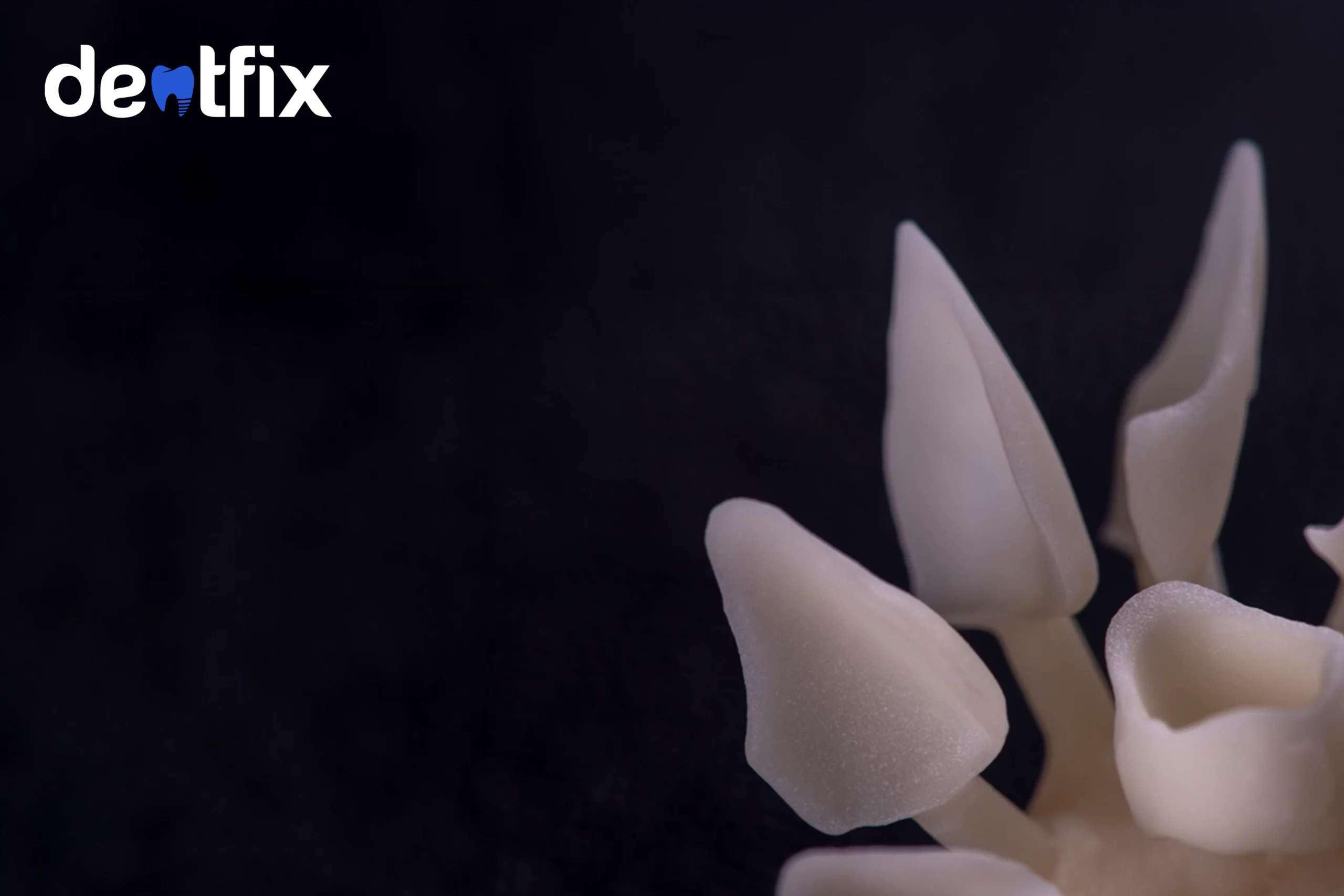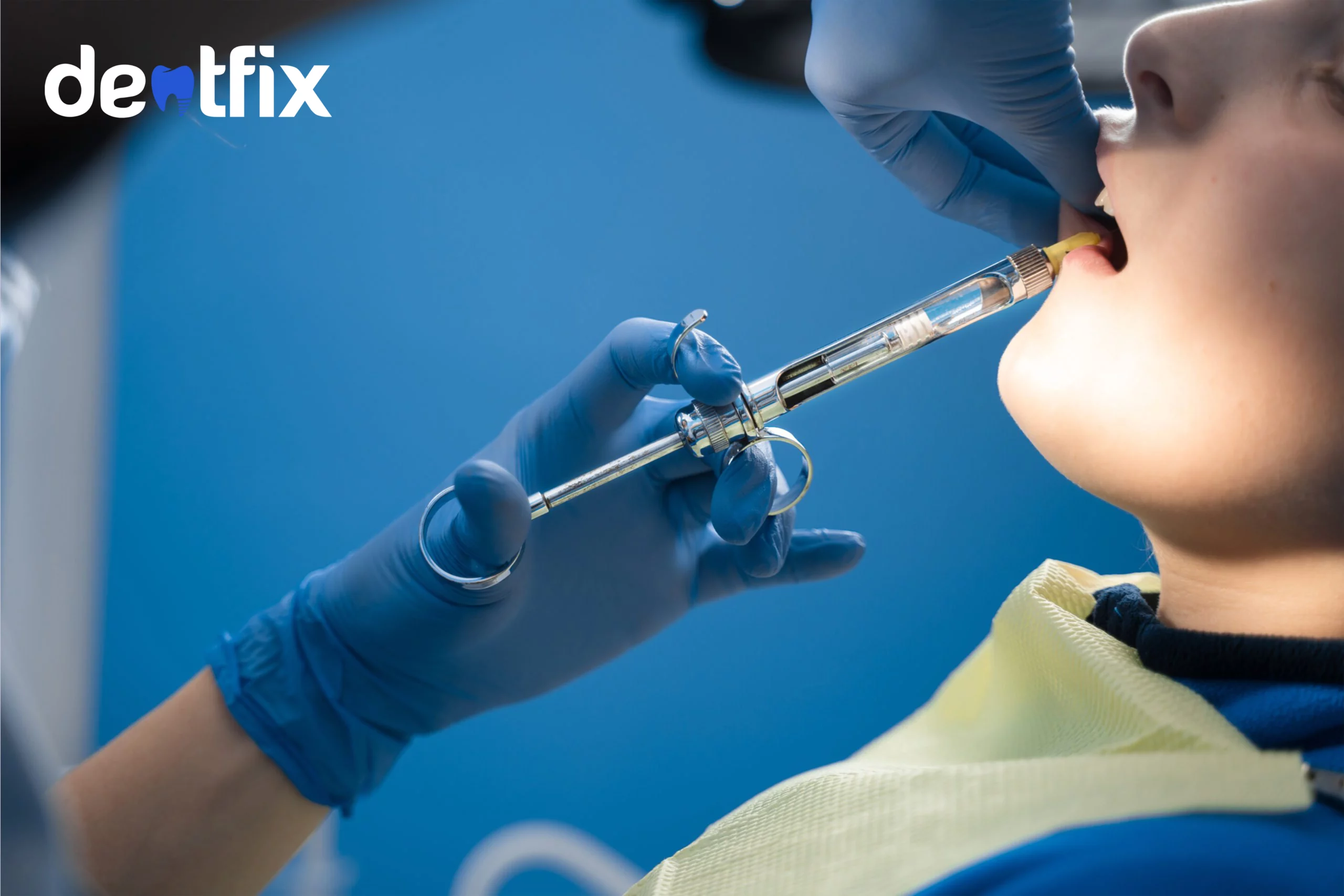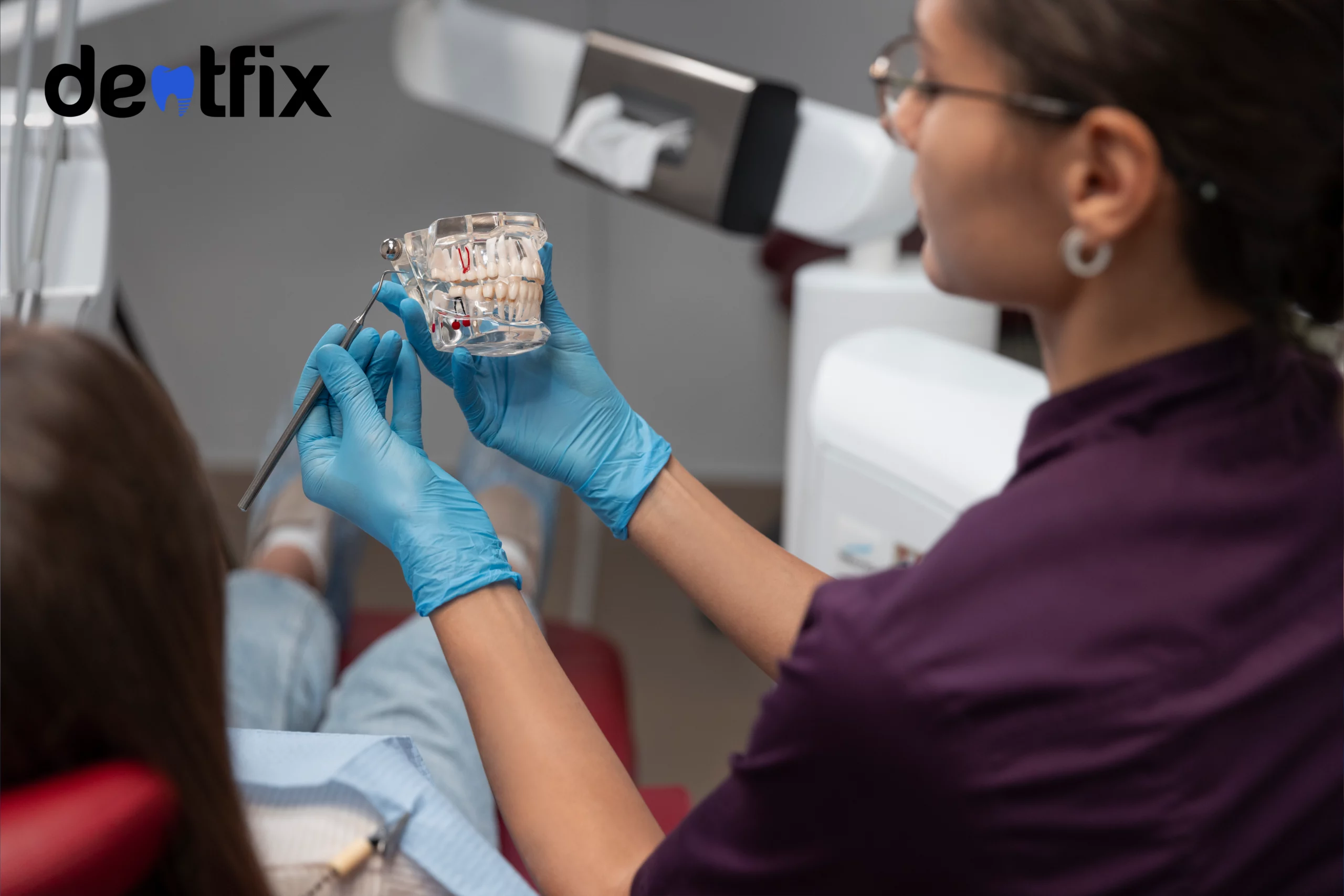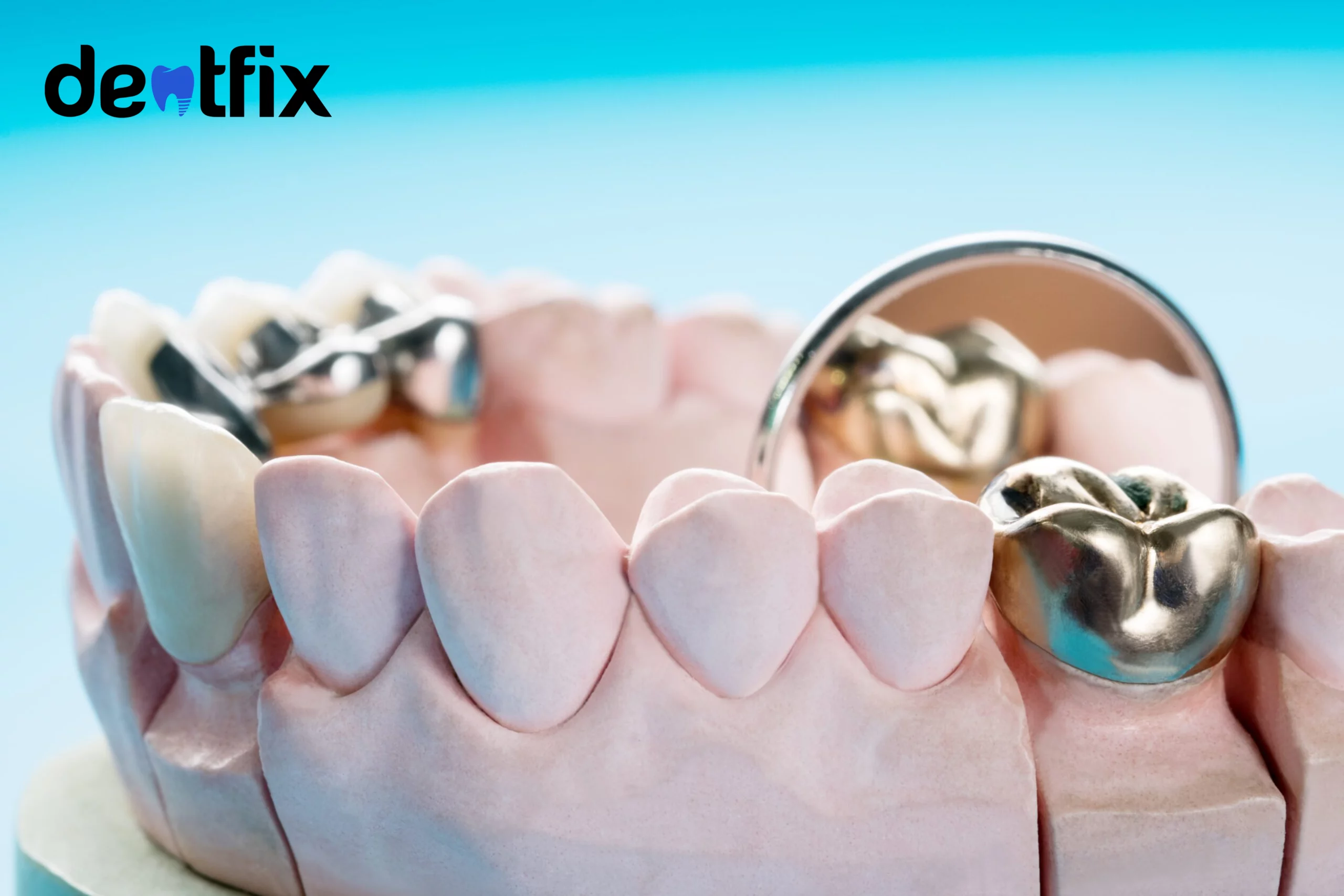The most common symptom of tooth abscess is swelling. However, all by itself swelling might mean other dental problems. If there is swelling in your tooth along with pain in your tooth and gums, this is one of the most obvious signs of a tooth abscess.
A tooth abscess is a bacteria-based issue. Simply put, this is an infection that occurs in the tooth that pops up on the gum. This means there is poor dental hygiene, dental trauma, or dental caries. If you have the rest of the symptoms, you should consult a doctor immediately.
Here’s a recap of the article:
- A tooth abscess has many symptoms.
- Symptoms of a dental abscess are evident.
- The most common symptoms are facial swelling, neck swelling, and gum swelling.
- You can experience tooth sensitivity.
- Dental abscess is the riskiest among gum disease.
- Tooth decay can be the reason for tooth abscess.
- Oral hygiene is a must to prevent tooth abscesses.
- Home remedies are effective but not permanent.
- There are four treatment options regarding the stage of your abscess.
Let’s figure out if you have a dental abscess or not.
What Are the Symptoms of Tooth Abscess?
The common symptoms are:
- Extreme Teeth Sensitivity
- Bad Breath or Absurd Taste
- Throbbing Tooth Pain
- Difficulty in Opening the Mouth
- Swelling and Redness
- Swelling in the Neck
Having a Fever
Extreme Teeth Sensitivity
If the abscess is in the beginning stage, there is momentary sensitivity in the tooth. It comes as a tingling while chewing, biting, or putting pressure on the teeth.
If your abscess has progressed, throbbing pain occurs due to cold and hot contact or chewing and biting.
At this stage, the dentin (that protects your pulp) and the enamel are infected. This leads to pulp infection. When your pulp is infected you feel throbbing pain. That makes you experience pain in sensitive teeth at hot and cold temperatures or chewing and biting.
Bad Breath or Absurd Taste
Bad breath (halitosis) or a bad taste can occur because of the bumps on the gums. There is an accumulation of pus in those gums. In case of an abscess rupture or explosion, bad breath, and absurd taste occur due to pus and infectious discharges that float into the mouth.
Throbbing Tooth Pain
Patients who have a dental abscess can feel pulsating pain in the tooth, also called throbbing pain. It occurs as if they feel their heartbeat in the tooth. This pain is often painful, but not always. The type of pain is dull or squeezing.
Patients can also feel extreme throbbing pain while lying down. This is because blood circulation increases towards the head when lying down. So, blood circulation puts pressure on teeth and causes extreme pain while lying down. This pain can spread to other areas such as the jaw and ears.
💡Whether it is painful or not, you should visit your dentist if you feel this kind of pain.
Difficulty in Opening the Mouth
Patients with abscessed teeth often have difficulty opening their mouths adequately. The big lesion on the gum begins to hurt because of the irritation when you open your mouth. This is a difficulty caused by severe pain and this is an indication that the abscess has reached upper levels.
Swelling and Redness
There can be a stage where the bacterial infection can spread to the gums, and a pocket of pus can occur. This can cause redness and swelling, which is full of pus. The lesion in inflamed gums can look like a big bulge, and it can be painful for the patients.
Facial swelling can also occur. The lesion in the inflamed gums becomes obvious on the cheek.
Swelling in the Neck
Infection of the tooth can cause swelling in the neck. The cause of the swelling in the lymph nodes may be an indication of a tooth abscess. This indicates that the tooth abscess has started to spread to other parts of the body.
It may cause difficulty in swallowing and breathing. It can also cause a weakness that affects the whole body. Bacteria quickly spread throughout the whole body.
If the infection spreads, this is a dental emergency, it could be critical to your health.
Having a Fever
It is possible to have a fever when there is an abscessed tooth in your teeth. You can develop a high temperature. That means the infection has spread to other parts of your body.
The general immune system reacts to bacteria that come from the tooth in this way. This is the highest tooth abscess stage.
💡If you experience a fever, you should make an emergency appointment.
Types of Tooth Abscess
There are two kinds of tooth abscesses: periapical abscess and periodontal abscess. Their occurrence location is different.
The periapical abscess can be seen at the tip of the root. The reason for the periapical abscess is untreated dental trauma or dental decay.
The periodontal abscess is in the gums at the side of a tooth root. So, the patient has inflamed gums. The reason for the periodontal abscess is poor dental hygiene. Symptoms are similar for both of them.
Tooth Abscess Stages
A dental abscess does not occur suddenly. It occurs gradually. A tooth abscess causes symptoms that indicate its formation at every stage. There are five tooth abscess stages.
- Enamel Decay: The outermost layer is damaged and enamel decay occurs.
- Dentin Decay: It is the decay of the layer under the tooth enamel. A cavity occurs in the tooth.
- Pulp Infection: It occurs when bacteria collect in the deepest part of the tooth.
- Abscess Formation: It occurs when bacteria reach the depths of the dental pulp and gums.
- Tooth Loss: If the abscess is not treated, tooth loss will occur.
What to Do If You Have a Tooth Abscess
There is no home remedy for permanent solution of a dental abscess. You can try these pain relief methods even though temporarily.
- Avoid eating crunchy and hard foods.
- Apply clove oil to the area where the abscess is located.
- Rinse your mouth with salt water.
- Place the peppermint tea bag on the abscessed tooth.
- Use over-the-counter pain relievers.
These actions will ease your pain, but the pain won’t go away permanently.
💡If you have the symptoms of a tooth abscess, you must visit your dentist as soon as possible. Then, the proper treatment should be done before it threatens the health.
How Are Tooth Abscesses Treated?
The logic of all treatments is basically the same. Getting rid of the tooth infections is the priority. There are four treatment methods, and your dentist decides which one to use.
- Antibiotic Treatment: This can be preferred to prevent the abscess from spreading as a first step.
- Abscess Drainage: This is performed before root canal treatment or preferred when the antibiotic is not enough.
- Root Canal: This is done by removing the inflamed pulp and draining the abscess before closing the tooth’s pulp chamber and root canals.
- Tooth Extraction: This is done when the root canal does not work.
References:
1-) Sanders JL, Houck RC. Dental Abscess. 2023 Feb 20. In: StatPearls. Treasure Island (FL): StatPearls Publishing; 2023 Jan–. PMID: 29630201.
2-) Garispe A, Sorensen C, Sorensen JR. Dental Emergencies. 2022 Dec 7. In: StatPearls. Treasure Island (FL): StatPearls Publishing; 2023 Jan–. PMID: 36943982.
3-) Boatright GD 2nd, Llerena MA, Gorelov DJ, Alkaelani MT, Goeckeritz JR, Lucke-Wold B. Dental Infections and Risk for Brain Abscess: A Literature Review. J Dent Oral Care. 2022 Dec;1(1) Epub 2022 Dec 19. PMID: 36939438; PMCID: PMC10022480.
